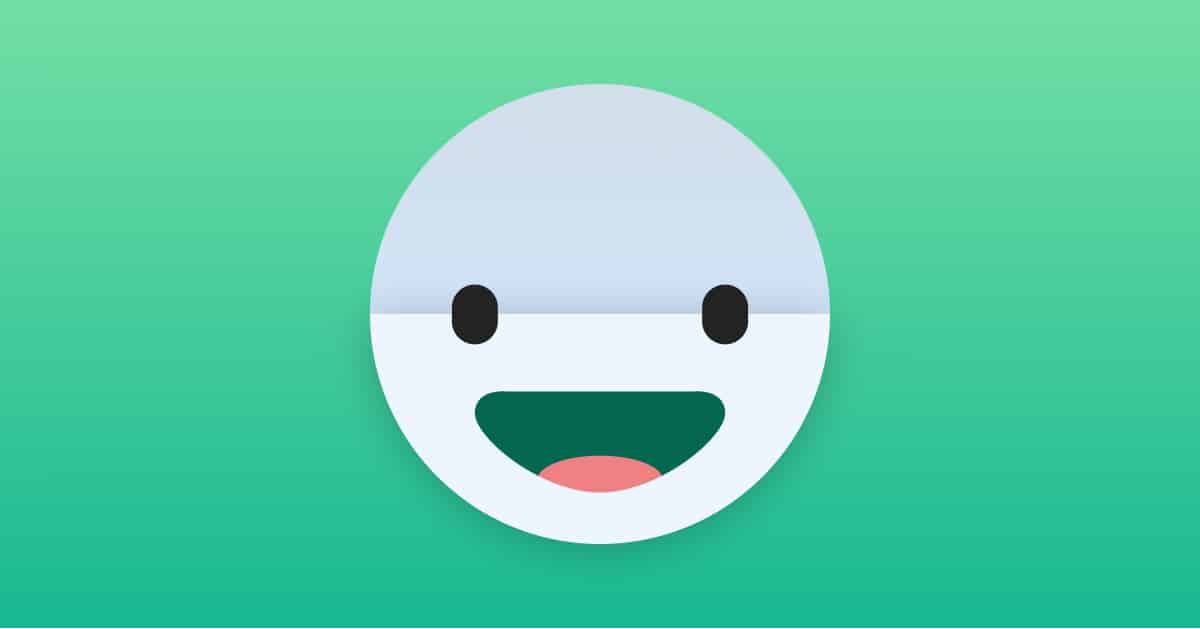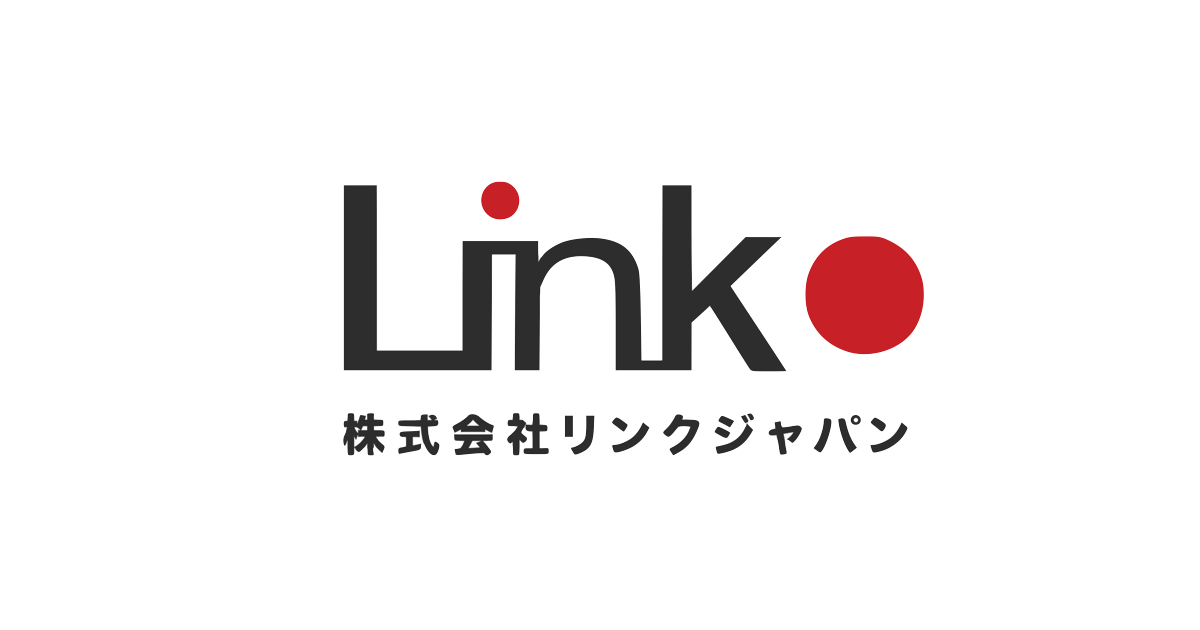Many people view Japan as a country with a strong focus on health, from its lifestyle to its cuisine. However, when it comes to the digital aspect of healthcare, Japan lags behind. Meanwhile, in the United States, digital technology has rapidly advanced, offering a variety of services like remote monitoring, telehealth, fitness, and wellness apps. These services are starting to attract attention in Japan as well and are anticipated to grow significantly in the near future.
To resonate with Japanese users, apps/services must be tailored to the unique needs of the market, aligning with Japan’s culture and healthcare system. In this article, we’ll explore the current state of healthcare in Japan and highlight the features and design of apps that are popular among Japanese users.
At Uism, we specialize in supporting service development and product localization for the Japanese market. With our extensive experience in digital healthcare research, we can help ensure your product’s success in Japan. We hope this will provide valuable insights for your future service development!
The Japanese Healthcare Industry: An Overview
Japan’s healthcare industry can be broadly categorized into two segments:
Health Promotion and Maintenance
This category includes products and services aimed at maintaining a healthy lifestyle and preventing diseases. Examples include fitness apps, diet support programs, and mental health and wellness apps.
Japan’s government is increasingly emphasizing preventive healthcare as part of its national health strategy. This focus on prevention is designed to reduce the burden on Japan’s public health insurance system, which is under increasing strain due to the country’s aging population. As a result, the market for health promotion and maintenance services is expected to grow significantly in the coming years.
Support for Patients and Those Requiring Care/Assistance
This category encompasses services designed to improve the quality of life for individuals with illnesses or disabilities. Examples include remote medical services, care support services, and patient monitoring systems.
For similar reasons as the first category, Japan is focusing on enhancing care services that not only improve quality of life but also reduce the long-term costs associated with chronic conditions. This shift is creating new opportunities in the digital healthcare sector.
According to the current status and projections of the healthcare industry’s market size published by the Ministry of Economy, Trade and Industry and the Ministry of Health, Labour and Welfare, the healthcare industry in Japan is expected to expand substantially by 2030.
nd Welfare, the healthcare industry in Japan is expected to expand substantially by 2030.
| Healthcare sector | 2016 | 2020 | 2025 | 2030 |
|---|---|---|---|---|
| Health Promotion and Maintenance | 9.2 trillion yen | 10.3 trillion yen | 12.5 trillion yen | 37 trillion yen* |
| Support for Patients and Those Requiring Care/Assistance | 15.8 trillion yen | 17.3 trillion yen | 20.6 trillion yen |
<Source> Ministry of Health, Labour and Welfare 2013
*All budget figures are approximate values.
Is Japan Lagging in Digital Healthcare?
Japan faces challenges in catching up with the digitization of healthcare. According to a report by Accenture, Japan’s digital health usage rate is only 37%, compared to the global average of 60%. Even after the COVID-19 pandemic, Japan’s improvement in medical access lags behind other countries, particularly in the use of online medical consultations and wearable technology.
When compared globally, Japan ranks last out of 14 countries surveyed on intention to use digital health. However, the results vary by age group. There is a significant difference in the intention to use digital health between millennials and other generations with over 40% of millennials and younger generations having actually used digital health services, compared to just over 20% of older generations.
<Source>: Accenture, Now Digital Health Japan Insight, 2020
Popular Health Apps and Services in Japan
As digitalization becomes increasingly important in healthcare, Japan is seeing the development of a wide range of health-related apps. Here are some of the most commonly used apps and services in Japan:
Apps for Health Promotion and Maintenance
Japanese fitness apps often feature reward systems and social sharing functions to maintain user motivation and encourage friendly competition. Additionally, mental health apps in Japan frequently incorporate character-based chat interfaces, prioritizing user engagement and conversational support.
1. Fitness Apps
- Google Fit
Google’s health management app that automatically tracks steps and activity, providing users with visual feedback to support their health goals.

- Alkoo
A comprehensive health management app that allows users to track their exercise, diet, and sleep, providing a holistic view of their health.

- Fitbit
A fitness app connected to wearable devices, tracking steps, heart rate, and sleep patterns, with goal-setting and progress tracking features.

2. Sleep Management Apps
- Sleep Cycle
A popular app that tracks sleep patterns and helps users wake up during their lightest sleep phase.
- Pokémon Sleep
A sleep-tracking app that gamifies sleep, encouraging users to maintain healthy sleep habits by interacting with Pokémon.
3. Diet Management Apps
- Asken
A diet management app where users can log their meals and receive advice from nutritionists. It also allows users to track their exercise and share meal data.
- Calomama
A diet management app administered by registered dietitians, offering automatic advice and meal suggestions. The app’s rewards system helps maintain user motivation.
4. Mental Health Apps
Western mental health apps like “Headspace” and “Calm” have not seen the same level of success in Japan. However, awareness of mental health and well-being is increasing, leading to the rapid development of various mental health apps.
- Awarefy
An app based on Cognitive Behavioral Therapy (CBT) and Acceptance and Commitment Therapy (ACT), offering tools for self-awareness and emotional regulation, powered by GPT-4.
- Muute
A journaling app with options for freewriting and guided journaling, offering AI-generated feedback and visualized emotional patterns over time.
- Daylio
A mood-tracking app that allows users to easily log their feelings and activities, visualizing emotional trends.
- Emol
An app that supports emotional and stress management through AI-powered chats with virtual characters.
Apps for Patients and Those Requiring Care/Assistance
While Japan has been slow to digitize diagnosis and treatment, there is growing demand for services that streamline healthcare processes and support an aging population. Here are some apps widely used in Japan by patients and healthcare professionals:
- CureApp
A company that provides specialized digital therapeutic apps aimed at treating specific medical conditions, notably smoking cessation and non-alcoholic steatohepatitis (NASH).
- CureApp Smoking Cessation: The first treatment app in Japan and the world’s first for smoking cessation, it uses algorithms to analyze daily data and provide personalized guidance for patients. It also offers recommendations for doctors and counselors, enhancing treatment standards and supporting self-management for more effective outcomes.
- NASH App: An app designed to treat Non-Alcoholic Steatohepatitis (NASH), a liver condition with no effective treatment. The app helps users identify cognitive patterns and improve daily habits through interactive sessions, boosting treatment efficacy outside clinical visits.
- Join
An app that enhances communication among healthcare professionals, particularly in emergencies. Join allows for real-time sharing of diagnostic information, including CT scans, enabling remote specialists to provide timely guidance.
- eMamo
A home-care support app that manages caregiving schedules and record-keeping, improving the efficiency and quality of home-care services, which are increasingly in demand in Japan’s aging society.
Conclusion
As Japan’s healthcare market continues to expand, the role of digital healthcare will become increasingly important. While Japan may currently fall behind in digital adoption, this presents a unique opportunity for innovative services tailored to Japanese needs. With the government’s focus on preventive healthcare to ease the burden on public health insurance, the sector has potential for rapid growth.
At Uism, we specialize in product localization and development for the Japanese market. If you’re looking to develop healthcare services tailored for Japan, we’re here to help. Contact us to explore how we can support your success!
About the Author

Rinako Kanaya
Born in Gunma, raised in the US. It all began in high school when Rinako unexpectedly won an award for a digital design project, triggering an epiphany that made her consider UX as a potential future career. After graduating from college, she completed a US-hosted UX research bootcamp, and obtained her master’s degree in behavioral science in the UK. Intrigued by the cultural differences in UX design, Rinako decided to delve deeper into this fascination, ultimately joining Uism. She is fluent in Japanese, English, and can hold everyday conversations in Korean.











